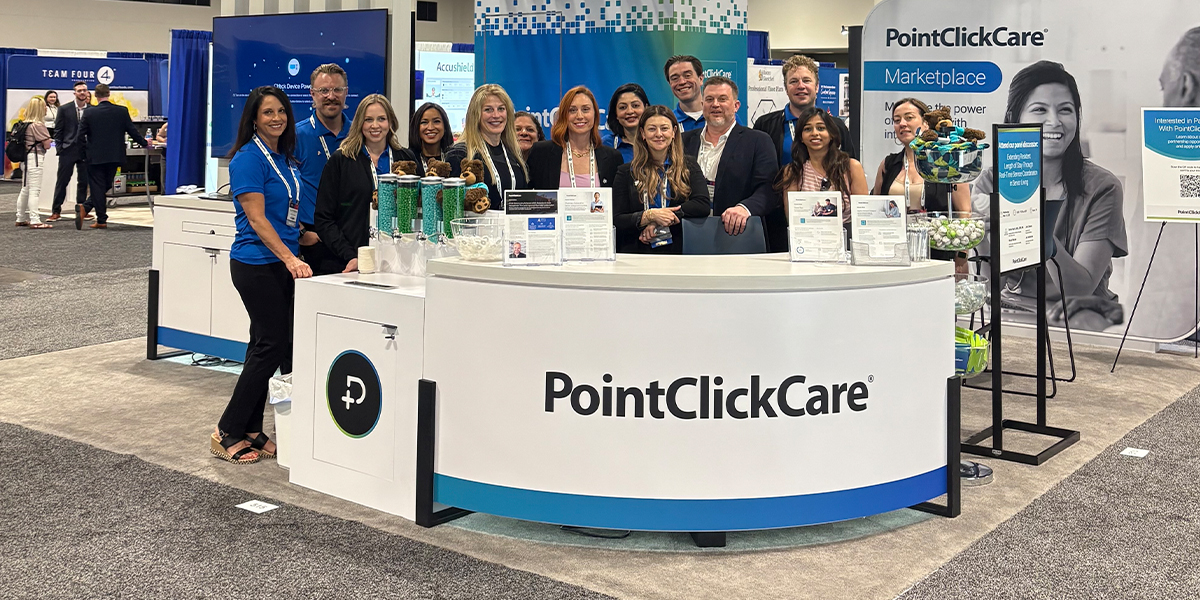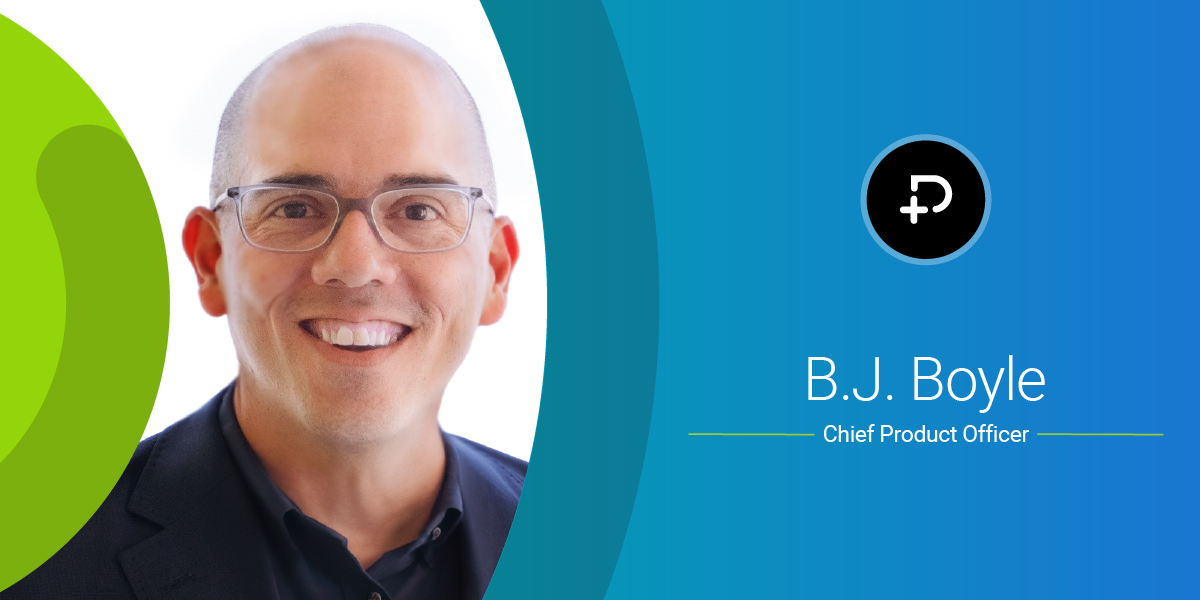Are the employees in your senior living community on excellent terms with residents’ family members? If not, that should change — and fast.
It’s crucial for staff in senior living communities to foster healthy, respectful relationships with residents’ family members, especially as the average age and acuity of senior living residents continues to rise.
Family members were the caregivers for most residents before they moved into long-term care communities, according to a study published in the Seniors Housing & Care Journal. In other words, family members tend to know the ins and outs of a resident’s care — their likes, dislikes, which medications they take, and how to get them to successfully emerge from an emotional funk.
After the move into a senior living community, the responsibility of caring for the resident falls to the community staff. Some family members, consequently, are “at a loss as to their role” in their loved ones’ lives, the Seniors Housing & Care Journal study says. No longer primary caregivers, but more than mere visitors, these family members have a wealth of valuable information about residents that they’re not always inclined, or invited, to share.
This simply must change.
Healthy, Respectful Relationships
Closer relationships between caregivers and family members are ideal for a number of reasons. Unfortunately, nurturing these relationships tends to be easier said than done.
“Too often we find some families of residents can become adversaries with staff and with the community, and we believe families and staff are actually the most natural partners in care,” Karl Pillemer, professor of human development at Cornell University, said in a recent interview. “We need both the staff’s professional expertise and families’ in-depth knowledge of who a resident is and was.”
A Cornell University project called Partners in Care in Assisted Living — or PICAL, for short — was designed to help solve this problem by boosting cooperation and communication between residents’ family members and senior living staff. The program involves a series of separate workshops for senior living employees and for residents’ family members, and a joint workshop where the employees meet and learn from the family members.
Hopefully, programs like PICAL will succeed in promoting mutually beneficial relationships between senior living staff and residents’ family members. In the meantime, senior living staff can leverage an electronic health record (EHR) to document the resident information gathered from family members. By storing this information in a centralized system, any staff member has the ability to learn as much about their residents as possible, with the goal of driving positive health outcomes.
With an EHR, staff can learn nearly everything about a resident with a tap of a finger. Certainly, this knowledge will also help put residents’ family members at ease, and make fostering that caregiver-family member relationship all the easier. To help create a relationship before a resident even moves in, providers are taking time to meet prospective residents and their families to better understand their needs.







